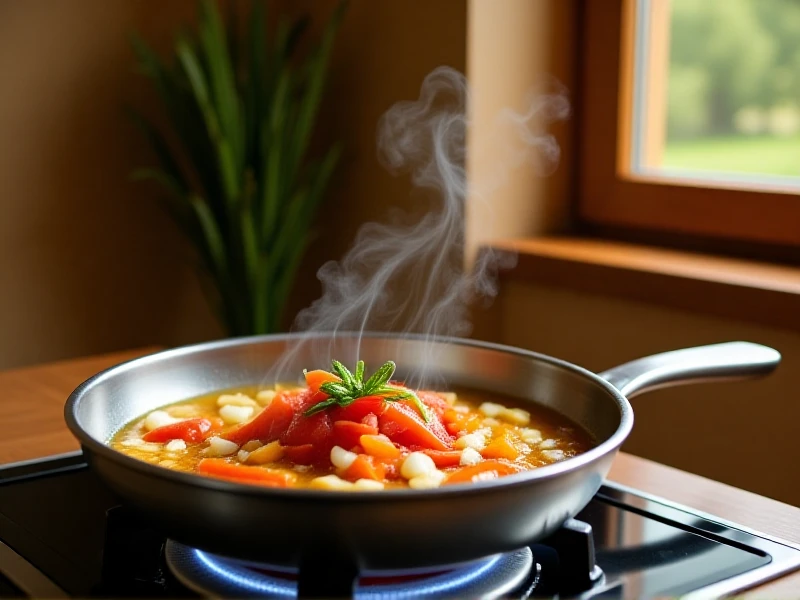
Your Ultimate Guide to Mastering the Skillet in Your Kitchen
Imagine flipping sizzling pancakes for breakfast or searing a juicy steak for dinner—these moments truly come alive with the right skillet. Whether you're a beginner cook or a seasoned chef, a skillet is more than just a pan; it's your go-to tool for creating mouthwatering meals with ease. I've used mine for years to whip up everything from fluffy omelets to crispy veggies, and it always delivers reliable results that elevate my kitchen game. If you're wondering how to make the most of this essential cookware, you're in the right place. Let's dive into the world of skillets and uncover why they're a non-negotiable asset in any home.
First off, what exactly constitutes a top-notch skillet? Essentially, it's a shallow pan with low sides and a long handle, designed for frying, sautéing, and browning on stovetops. Options abound, from classic cast iron models that build character over time to modern non-stick versions ideal for quick cleanups and delicate recipes. Both types excel at distributing heat evenly and holding temperature, which locks in flavors while preventing scorching. Personally, I gravitate toward a heavier cast iron skillet for hearty dishes like cornbread or seared meats because it develops a beautiful patina—almost like an heirloom piece that gets better with age.
Choosing your perfect skillet requires considering key factors like size and material. Aim for a medium-size skillet around 10-12 inches in diameter; it handles most cooking jobs without crowding smaller portions. Materials play a big role: cast iron skillets offer unbeatable heat retention and durability after seasoning, but they're heavy. Lighter stainless steel options are rust-resistant and dishwasher-safe for fuss-free care. As for handles, look for one with a comfortable grip—it makes transfer from stove to oven a breeze. I always test it in my hands at the store to ensure it feels balanced, especially when dealing with hot, weighty ingredients.
Caring for your skillet preserves its performance and longevity. For cast iron skillets, season regularly with a thin layer of oil to build a non-stick surface and prevent rust. After cooking, wash gently with warm water and a soft brush, avoiding soap to maintain that seasoning. Dry it thoroughly and store in a cool, dry spot to avoid moisture buildup. With non-stick versions, use wooden or silicone utensils to prevent scratches, and steer clear of high heat to extend their lifespan. Trust me, a little extra attention pays off: my skillet still looks and cooks like new after countless tasty dinners.
Ready to unleash your skillet's full potential? Start with simple, versatile recipes like caramelizing onions for stir-fries or baking a quick skillet cookie for dessert. It transforms weeknight dinners into gourmet experiences without extra tools. So why wait? Grab a top-rated skillet today and savor the difference it makes in your culinary ventures—it's an investment that turns everyday cooking into pure joy.